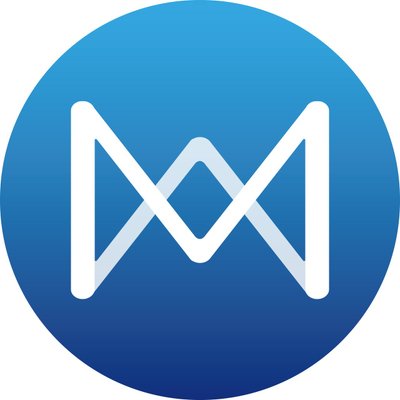Quark Chain– Elevated Throughput Blockchain

Quark Chain is a future ICO with its crowd sale planned for Q-2 2018. The Plan has generated enormous hype and has captured the fancy of every investor and the general crowd. Here we take a detailed look at what Quark Chain projects promises to do and help to decide whether you’d spend on this plan.
Scalability issues
One of the main problems afflicting block tech is scalability. In usual block techs, the framework gets clogged as more individuals try to use it at a similar time: ETH is vital for slowing down during the crowd sale of ICOs. Even a set of naive kitties brought the ETH platform to a standstill a few weeks ago. And if you have ever had BTC deal identified in less than ten minutes, you consider yourself to be extremely lucky. In fact, going by current capacity, ETH can operation just about 30 Deals each second, while Visa claims to process more than 50k deals per second. This is one major hurdle in the widespread adoption of Block tech.
To solve this issue of scalability, a range of new blocks have sprung up over the past few months. These include plans like CARDANO, EOS and are referred to as 3rd Gen Blocks. Even 1st and 2nd Gen block-chain have been trying to solve this issue in their own manner, BTC via seg-wit and Lighting network, and ETH via Sharding and off chain deals. Quark Chain is a next 3rd Gen Block that aims to deliver more than Million deals per second by applying the technique of sharding.
What’s Sharding?
In this, a record is horizontally fragmented to make little datasets, named shards. This way has been hugely applied in decentralized data ecosystems. ETH is also trying to apply the way of sharding to decrease deal times and keep their platform congestion free during high traffic. Though, as per Quark Chain project’s white paper, a mature block like ETH will need 3 to 5 years effective use of sharding and is much more effective in this manner.
Sharding is centralized frameworks comes with its own share of issues. Identification of cross-shard deals is one of the bigger confronts associated with sharding Blocks. Furthermore, it needs much less hash energy to take over single shard compared to taking over the complete Block-chain. Even single shard compromised can lead to safety failure in the Block.
Quark chain’s Solution
Quark chain is trying to attain the ideal balance between the three pillars of block-chain scalability, technology, decentralization, and security.
Scalability
In every block, two basic features are performed in whole the blocks, a ledger that notes down the info of deals in the block-chain, and verification, which identifies the outcomes of these deals and mines the Block-chain. Usual blocks join both of these features in the similar blockchain.
Quark chain platform splits these features into two distinct layers. It has an elastic sharding Block later, with contains a number of Mini blocks or shards, and a Root Block named the root chain. Every shard operations a subset of entire trades freely and makes a block, while the root chain confirms whole the block generated by the shard blocks. These two operations can happen simultaneously that decrease the AVG bloc verification time.
Decentralization
In case of usual blocks, every miner has to mine the complete block to gain the Block prize. Since the mining problem of the full block is very high, it is very unlikely that a single miner without substantial mining energy would ever gain any block prize on his own. This compels crypto miners to connect mining pools that tend to make the mining approach decentralized.
The nodes in the Quark chain system which validate block-chains named supernodes. For an extreme throughput ecosystem like Quark chain mining, super full nodes would need a huge hash energy, which would once again encourage the connection of crypto mining pools. To stop this inclination Quark chain permits a cluster of many honest nodes in the root chain to shape a super full node. Every node in this cluster validates block-chains from sub-set of shards. It’s assured that there’s exact overlap among the places covered by the supper nodes so that even if a single node crashes, two other nodes can take-up its jobs. This assures robustness of sharding way out.
Security
The root chain has more than fifty percent of hashing energy of the complete network. A dual spend attack on the root chain would need the attacker to have more than 25 percent of the network’s hash energy. This is same then the 52 percent needed for BTC, but since Quark chain project is more centralized, it would be hard for any crypto miner to gain more than 25 percent of the complete network’s Hash energy.
For other info about the QuarkChain, please visit the following links:
• Website: https://www.quarkchain.io
• Whitepaper: https://www.quarkchain.io/QUARK%20CHAIN%20Public%20Version%200.3.2.pdfcontent/uploads/2018/02/Blockshipping_GSCP_ICO_White_Paper_public.pdf
• Facebook: https://www.facebook.com/quarkchain.quark.5
• Telegram: https://t.me/QuarkChainio
• Twitter: https://twitter.com/Quark_Chain
my bitcointalk name – shans
my bitcointalk url – https://bitcointalk.org/index.php?action=profile;u=1281298
my email - [email protected]
telegram account: @shanshiwank